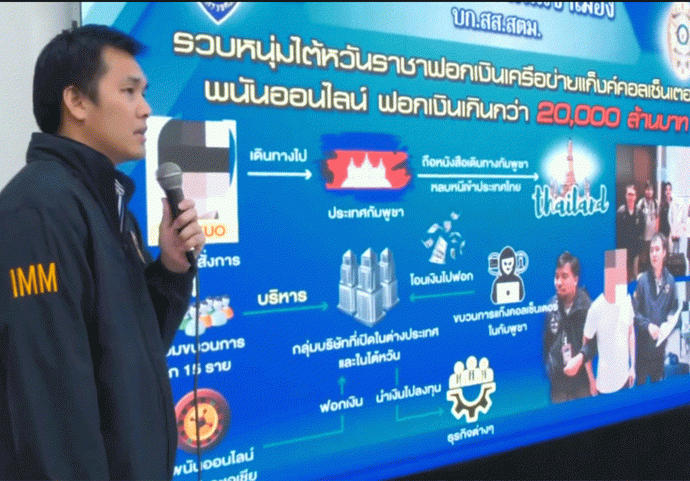Koh Sichang development progressing
Popular island in Chon Buri needs more infrastructure and waste management upgrades
PUBLISHED : 18 Aug 2023 at 20:03

CHON BURI: The director of the Crown Property Bureau has visited Koh Sichang to follow up on progress of development projects including a 3.1-hectare solar farm and groundwater facilities.
ACM Satitpong Sukvimol was joined by Interior Ministry permanent secretary Suttipong Juljarern and Chatuporn Burutpa, the permanent secretary of the National Resources and Environment Ministry and other senior officials.
Mr Suttipong said the visit on Thursday focused on land management by the Department of Public Works and Town and Country Planning and the water system layout by the Provincial Waterworks Authority.
The island is part of the Eastern Economic Corridor (EEC) city plan that will be introduced in the next eight months, said Pongrat Piromrat, director-general of the Department of Public Works and Town and Country Planning.
He said the department aims to upgrade land utility, infrastructure development and tourism on Koh Sichang. Other priorities include the transport system, improved water and electricity facilities and the conservation of landmarks.
The Department of Groundwater Resources had found two wells that can provide drinking water for islanders during the dry season. The wells were dug as a result of a drinking water shortage that affected over 2,200 households on Koh Sichang in the summer, said Mr Pongrat.
He said a 3.1-hectare solar farm is being constructed to supply electricity for 1,600 households on the island. It will be the island’s first source of renewable energy under the Smart City scheme.
Waste management is becoming a challenge for the island as well, said Kajorn Srichawanothai, head of the Department of Local Administration. The amount of garbage collected on Koh Sichang is about 10-15 tonnes per day while the incinerator can only burn six tonnes.
Mr Suttipong said garbage on the island should be sent to the mainland for processing. Chon Buri governor Thawatchai Srithong said private-sector investment in incinerators could solve the poor waste management problem on the island.

Senior officials including ACM Satitpong Sukvimol, director of the Crown Property Bureau, review a progress update during a visit to Koh Sichang on Thursday.























